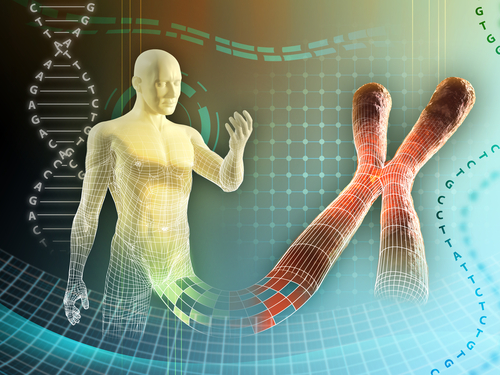Author:
T. Kirkwood
History
 The theory was published in 1977. Actually, the disposable soma theory is the particular case of the antagonistic pleiotropy theory of aging.
The theory was published in 1977. Actually, the disposable soma theory is the particular case of the antagonistic pleiotropy theory of aging.
Example
If the field mouse had an ability of
Description of the Theory
 This theory postulates the existence of genes which control energy resources redistribution from somatic to reproductive cells. These genes properly program the lifespan of a definite species.
This theory postulates the existence of genes which control energy resources redistribution from somatic to reproductive cells. These genes properly program the lifespan of a definite species.
Under conditions unfavourable for longevity those genes provide supporting functions (DNA repair, antioxidant enzymes, stress proteins) mainly in reproductive cells. Reproductive cells, or germ cells, must persistently keep the ability of renewal; otherwise the species will die out. In that case somatic (nonreproductive) cells do just not obtain sufficient resources. As the result, somatic cells age and they are gradually consumed.

In terms of evolution, aging of the somatic cells if not a problem as in the unfavourable environment there is a little chance of living long. On the other hand, when the living conditions of the species become better and the chance of living longer rise accordingly, those genes will switch the balance over to prolongation of life as the reproductive period of an organism will also become longer.
People evolved putting the majority of energy resources into tissue reparation, so they can afford longevity but leave a few descendants who are given good and
Additions and Сriticism:
 This theory receives the support from the observations on populations of wild animals in nature. These observations show that the amount and activity of predators affect the survival strategy of the population predators hunt after. For example, guppies from the population living in conditions of the increased rate of mortality grow faster and breed at earlier age than guppies living under low rate of mortality.
This theory receives the support from the observations on populations of wild animals in nature. These observations show that the amount and activity of predators affect the survival strategy of the population predators hunt after. For example, guppies from the population living in conditions of the increased rate of mortality grow faster and breed at earlier age than guppies living under low rate of mortality.
The disposable soma theory does not postulate any specific mechanisms of soma maintenance so it we should not consider it to explain the process of aging. On the other hand, the theory covers evolutionary aspects necessary for the process of aging understanding.
Publications
-
Abrams, Peter A., and Donald Ludwig. «Optimality theory, Gompertz’law, and the disposable soma theory of senescence." Evolution (1995): 1055–1066.
-
Drenos, Fotios, and Thomas BL Kirkwood. «Modelling the disposable soma theory of ageing." Mechanisms of ageing and development 126.1 (2005): 99–103.
-
Speakman, John R., and Elżbieta Król. «The heat dissipation limit theory and evolution of life histories in
endotherms-time to dispose of the disposable soma theory?." Integrative and comparative biology (2010): icq049. -
Kirkwood, T. B. L. «The disposable soma theory: evidence and implications." Netherlands journal of zoology 43.3 (1992): 359–363.